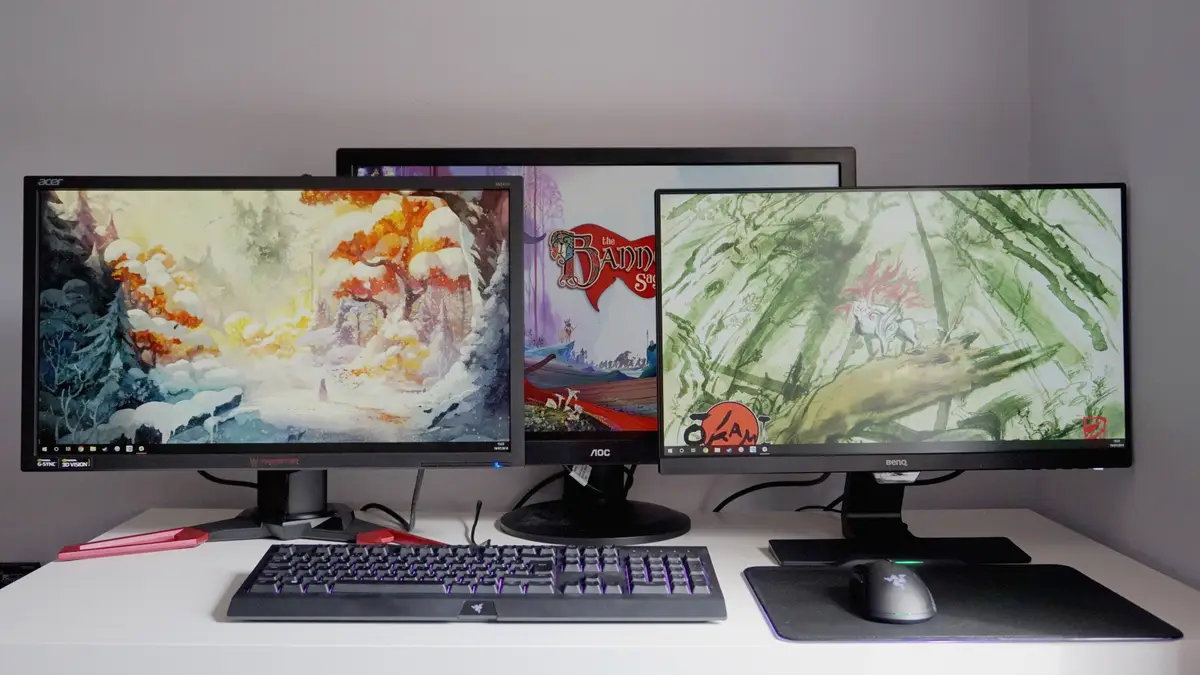Lumix, a brand synonymous with Panasonic, has consistently pushed the boundaries of digital photography, offering a range of cameras that cater to both amateurs and professionals. In this article, we’ll explore the world of Lumix cameras, highlighting their cutting-edge technology, versatility, and impact on modern photography.
Innovation at its Core
Lumix cameras have a reputation for being at the forefront of camera technology. From pioneering compact mirrorless cameras to introducing groundbreaking features like 4K video recording and advanced image stabilization, Lumix consistently delivers innovative solutions that enhance the photography experience. Their commitment to innovation has earned them a loyal following among photographers seeking the latest and greatest in camera technology.
Versatile Shooting Experience
Lumix cameras are known for their versatility, making them suitable for a wide range of photography styles and situations. Whether you’re capturing breathtaking landscapes, fast-action sports, or intimate portraits, there’s a Lumix camera to meet your needs. The brand’s diverse lineup includes compact point-and-shoot cameras, versatile mirrorless cameras, and powerful digital single-lens reflex (DSLR) cameras.
Quality and Reliability
One of Lumix’s hallmark qualities is its commitment to delivering exceptional image quality and reliability. Their cameras are equipped with high-quality lenses, advanced image sensors, and image processing technologies that ensure sharp, vibrant, and true-to-life photos and videos. Professionals and enthusiasts alike rely on Lumix cameras for their consistency and performance in various shooting conditions.
Embracing 4K Video and Beyond
Lumix has been at the forefront of the 4K video revolution in the camera industry. They have integrated 4K video recording capabilities into many of their models, providing users with the ability to capture stunning cinematic footage. This feature has not only appealed to videographers but has also expanded the creative possibilities for photographers who can now extract high-resolution stills from 4K video clips.
Conclusion
Lumix cameras have earned their place as leaders in the world of digital photography, driven by a commitment to innovation, versatility, image quality, and reliability. Whether you’re an amateur photographer looking to explore your creativity or a professional seeking the latest in camera technology, Lumix offers a wide range of options to elevate your photography and videography endeavors to new heights. With Lumix, capturing and preserving life’s most memorable moments becomes an art form.


